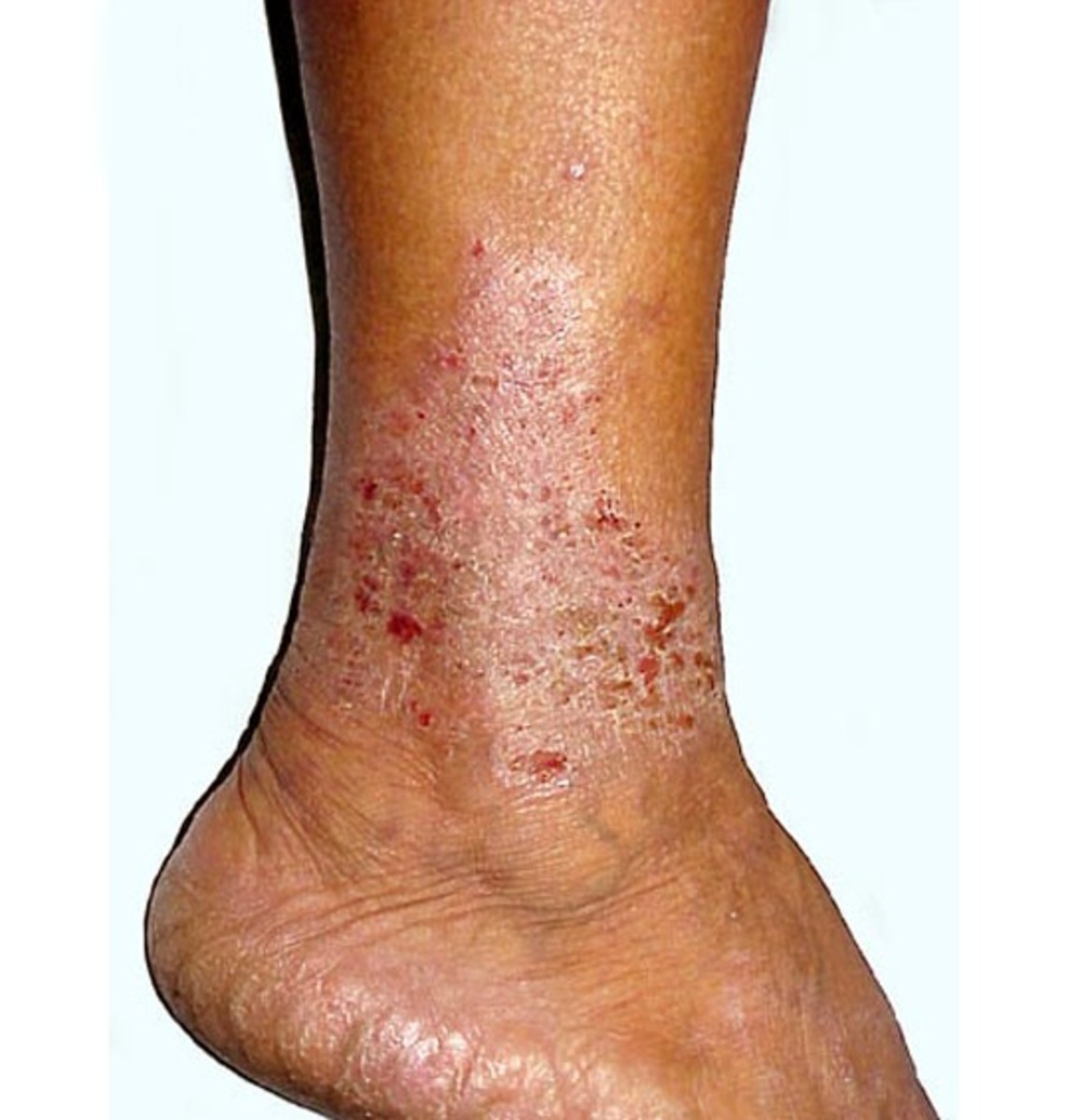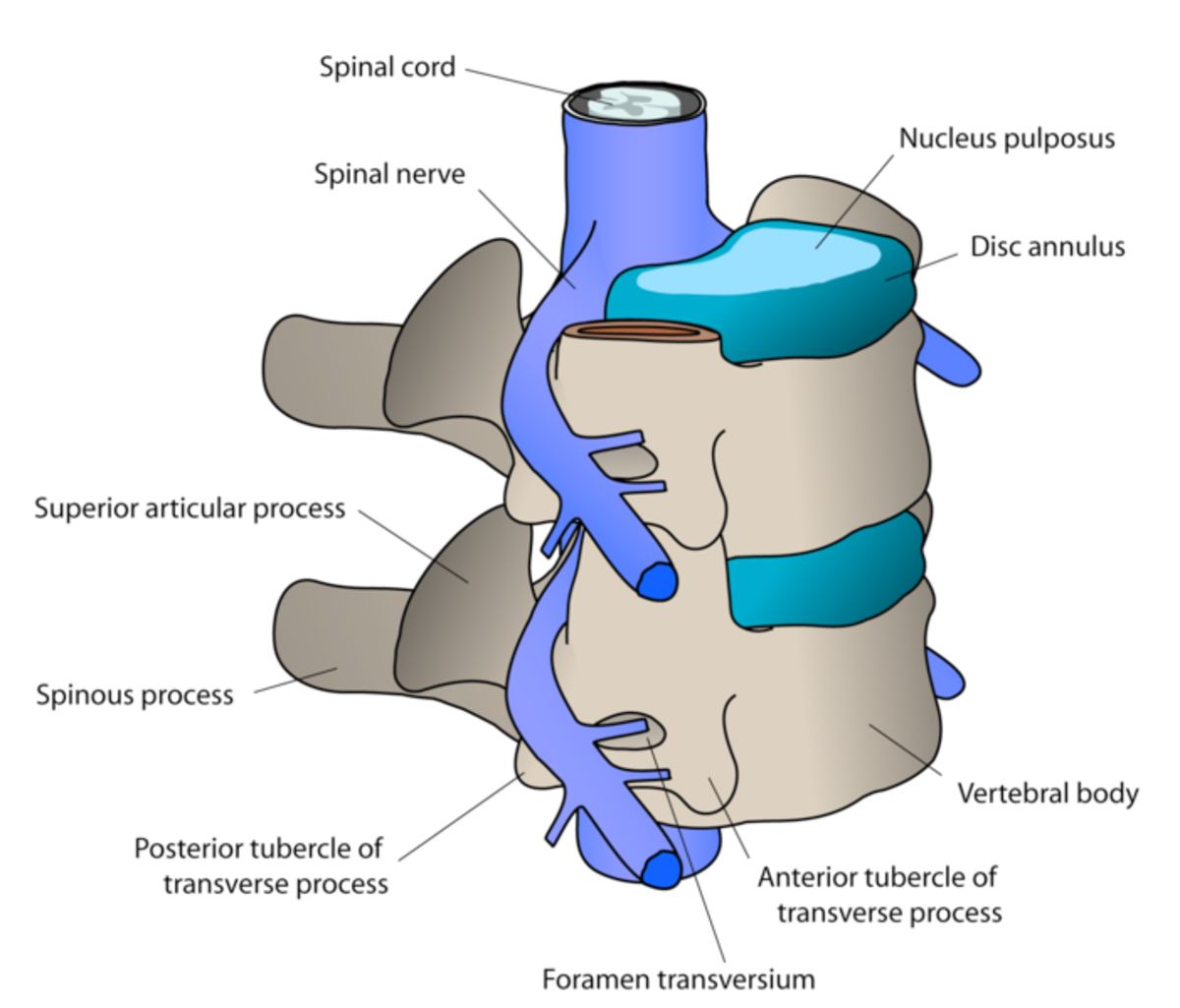How to Draw Blood from Small Veins
Laboratory

If you’re a phlebotomist or nurse, you may experience the challenge of drawing blood from a patient with small veins. With several techniques to improve your success, it is possible to draw blood with minimal trauma to the patient’s skin and still obtain a viable blood specimen that is suitable for laboratory testing. If you have examined both of the patients arms, and have found tiny or small veins, first check your doctor's orders and call the lab. Ask the laboratory technician how much blood is necessary to get lab results. For example, a CBC may only need a teaspoon (4 ml) of blood to get results, for serum tests, you may need the entire vial to be filled. Find out for sure before you start the procedure.
- Gather Your Equipment
- Tourniquet
- Butterfly Needles (3)
- Alcohol Swabs
- Cotton Balls
- Band-Aids
- Paper Tape
- Several of Each Specimen Tube for Each Test
- Vacutainer
- Latex or Vinyl Gloves
Note: Size of the Butterfly Needle: If you are drawing a CBC, use a 22 gauge needle. Any smaller than that and you may run the risk of your blood sample resulting in hemolysis of the red blood cells. Always attempt to draw blood for a CBC with a larger sized butterfly, at least 22g. This will save you a lot of frustration if the lab calls and states your blood sample contains RBCs destroyed by the small needle, and you need to re-draw the sample.
Always explain the procedure to the Patient before application.
People with small veins may be apprehensive and may have had very bad experiences with having their blood drawn in the past. It is paramount that the phlebotomist or nurse deescalate their anxiety and put them at ease before the procedure. Reassure the patient that although they have small veins, you have special techniques to apply that will improve their experience, and you will do all you can to minimize their discomfort. Drawing blood is an invasive procedure, and the professional needs to develop the patient’s trust.

Ask Your Patient Which Vein is Usually Used for a Blood Draw
Your patient may know the best place to draw blood. Chances are they have experienced this situation before and may know what vein is more accessible.
Apply the Tourniquet
Feel the antecubital space for veins, checking medial and lateral aspects of the arm within the space, until you find a suitable vein. If none are found, remove the tourniquet and attempt the other arm. Have the patient clench and unclench their hand several times. Release the tourniquet after 30-60 seconds, or if the arm skin is changing color.
Apply a Warm Compress
If the veins are very small or you can’t locate a suitable vein, apply a warm compress to the antecubital for several minutes. Sometimes, this will bring a vein to the surface.
Note: Do not slap or smack the arm, this will only create swelling of surrounding tissues.
Hang the Arm Down at the Patient’s Side
If no vein has been found, have the patient hang their arm down at their side as your feel for signs of an accessible vein. Repeat to both arms if no veins are found.
Have the Patient do Push-Ups or Arm Curls if the Patient is Physically Able
Sometimes push-ups will force blood into the arm veins and then one can be palpated. Do not have any patient incapable of exercise performing any exertion.

When You Find a Small Vein
If you have located a suitable vein, clean the site with the circular motion of an alcohol swab. Depending on where you work, some facilities also want you to use a betadine cleanse, and let air dry. Prepare the patient for the procedure:
- Apply the tourniquet
- Insert the Butterfly Needle with the Hole Upward
- Slowly Insert the Needle Until You See a Flashback of Blood
- Insert the Vacutainer into the Test Tube
- Draw the Correct Amount of Blood and Disconnect
- Release the Tourniquet before Pulling Out the Needle
- Place Firm Pressure at the Site with the Cotton Ball for 30 Seconds
- Apply Paper Tape over a Clean Cotton Ball
- Ask the Patient to Continue Pressure over the Puncture Site
- Apply a Band-Aid if Necessary

Always Ask for Help
You should always have access to another qualified individual for help in these instances, even if it is just someone to verify your findings. Also, if you suspect your patient is dehydrated, report this to the physician, or supervisor, and ask if they should go home and drink enough fluids (if they are not fluid restricted) to return the next day for better results.








